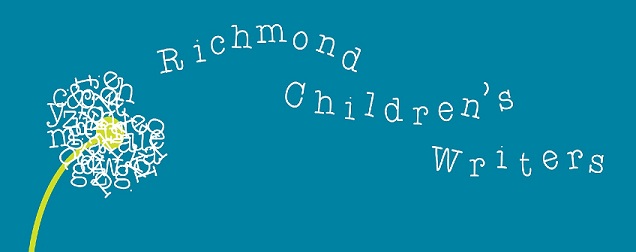Where do you get your ideas?
This is by far the most common question that authors get. Kids ask me this question at school visits. Adults ask this question when I visit book groups. Writers ask this question to other writers at conferences. While the universal answer is something along the lines of “ideas come from everywhere,” I believe there is a lot to learn from thinking about how ideas come to us and what we do with them when they show up. Here’s my first tip for thinking like a writer:
Writers observe.
Observing means paying attention to what is going on around you. Engage with the world. Notice new things. What can you see today that is unexpected? What breaks a stereotype? What is unexplained? What draws your interest and why? Question. Think. Muse.
Pay attention to random thoughts that your subconscious mind interjects into your awareness. Why did your brain make that connection at that moment?
Be a people watcher. Why do people do the things they do? What is body language conveying? What do actions during a tense moment reveal about a person’s character?
Become an ardent eavesdropper. Conversation is happening all around you. Listen. What does each person want from the conversation? What is the context? What is the subtext? Fill in the gaps with your imagination.
Ways to practice observing:
- Challenge yourself to notice one new thing with each of your five senses in a 24-hour period.
- Practice observing as you read. Try to notice an interesting turn of phrase, a fresh word choice, pleasing word flow or a catchy cadence. Aspiring fiction writers can take notice what the writer is doing with plot and characters. What is it about the writing that holds your interest? How did the writer do that?
- Be aware of when you are feeling creative. Is there a certain time of day where your brain is open to creativity? In the shower? Just before you fall asleep? Taking a walk outside? As a writer, that is something you’ll want to know about yourself.
Visit Lana's website for Thinking Like a Writer, Part 2.








